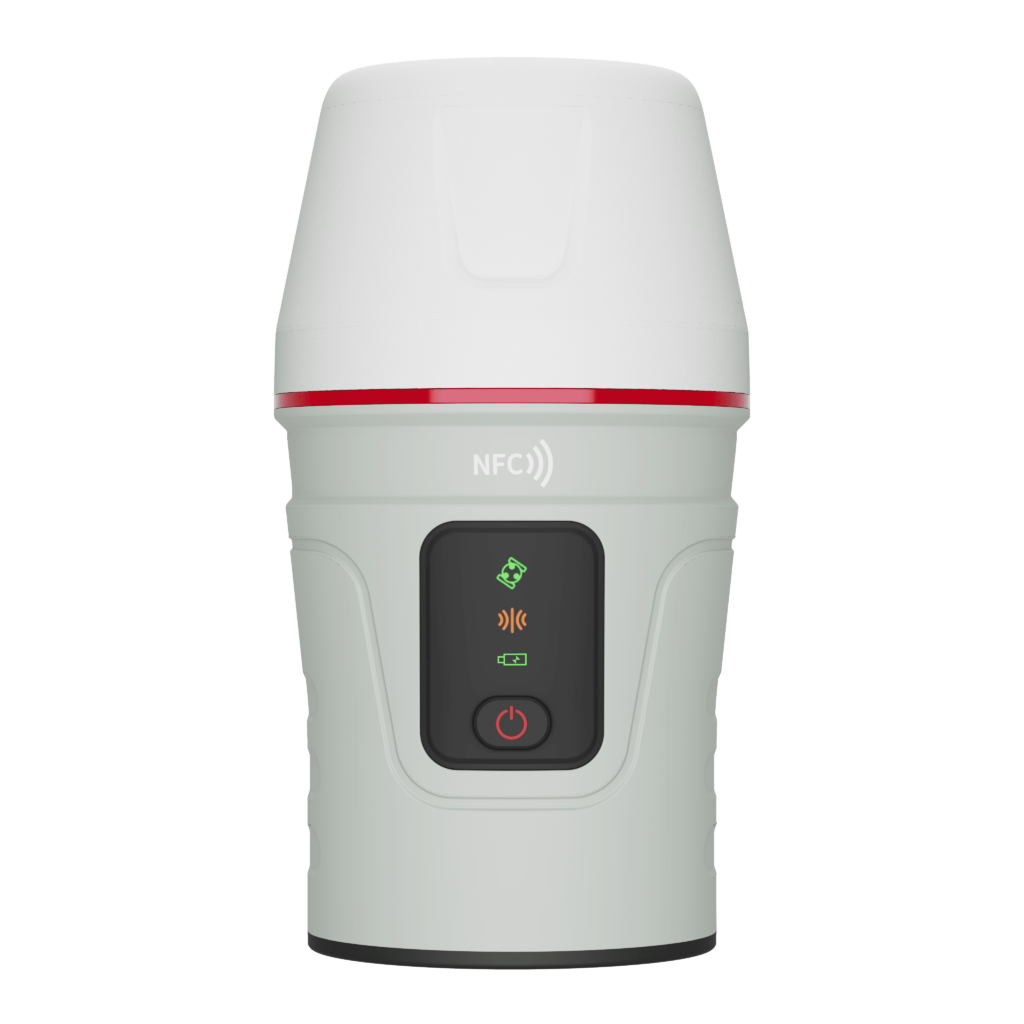ComNav Technology Ltd. (ComNav) has launched a new series of products – the Universe Series GNSS Receiver. First on the market is the Venus Laser RTK, a GNSS receiver that enables rodless survey.
Surveying with a traditional range pole can be labor-intensive and time-consuming. Field measurements and stakeouts at dangerous scenes are inevitable. These include hidden points, utility pipes across rivers, manhole covers on the road and slopes etc. Surveying with a traditional range pole poses safety risks. Venus Laser RTK makes it possible to throw the range pole away.

Laser & IMU
GNSS receivers with inertial measurement units (IMU) offer obvious advantages: no on-site calibration is required, and the pole does not need to be held vertically, increasing productivity. It has become mainstream among well-known brands. Venus’s 3rd generation IMU continues to deliver high performance – supports 60° tilt with 2.5cm accuracy.
On that basis, ComNav integrated a millimeter-level laser distance meter onto Venus, which can be used in laser mode to replace the range pole, enabling GNSS surveying beyond usual limitations.
The IMU can be in play in both modes (traditional mode with range pole and laser mode without range pole).
In the traditional modes, Venus supports up to 60°tilt compensation with 2.5cm accuracy. In the laser modes, Venus can achieve an accuracy of 5.5 cm within a 60°tilt angle, when held in hand.
Even with small deviations from operation, such as slight shaking, it can basically complete tasks with 10 cm’s measurement requirements. This non-contact survey can largely expand the working area, improve efficiency, and ensure safety from the traditional GNSS receiver.

Superior Tracking Capability
The GNSS module is the foundation of the GNSS receiver. Powered by SinoGNSS K8 high precision module, Venus is capable of 1590 channels of tracking all running and planned constellations, including GPS, BDS-2, BDS-3, GLONASS, Galileo, QZSS and SBAS. The superior satellite tracking technology ensures it works smoothly even in harsh environments.
With the self-developed Quantum III algorithm, Venus outperforms in anti-interference and positioning accuracy.

Extremely Light Handheld Design
The remarkable handheld design is even smaller than a coffee cup and uniquely streamlined to offer the highest levels of comfort and grip.
The narrower the body gap is, the higher its shielding effectiveness is. So Venus is formed by a unibody. From a number of materials, ComNav chose macromolecule nanomaterial, which has outstanding electromagnetic interference (EMI) shielding performance. Through its Quantum III algorithm, enclosure structure, and material, Venus largely eliminates the concerns around interference.
Meanwhile, the special material significantly reduces the total weight to only 380g, which can minimize your fatigue and increase stability when handheld.

Rugged Design
IP67 water- and dust-proof, the Venus adapts to field work in all-weather conditions. As for shock, Venus can survive a 2m drop onto concrete, meeting 99.99% of working scenarios.

Long-Life Battery & QC 2.0
The high-capacity battery delivers 20+ hours of use in the field. Full-day projects can be easily completed without worrying about a power outage. In case the battery runs down, it can be fully charged in 4 hours.
Determined to lead a RTK revolution Venus is an RTK characterized by convenience and safety.



















